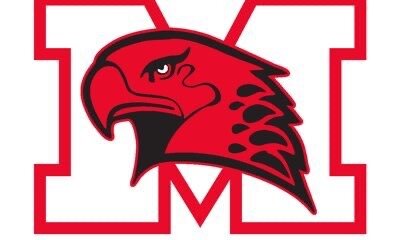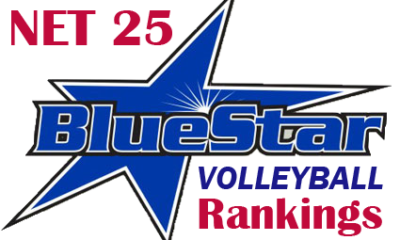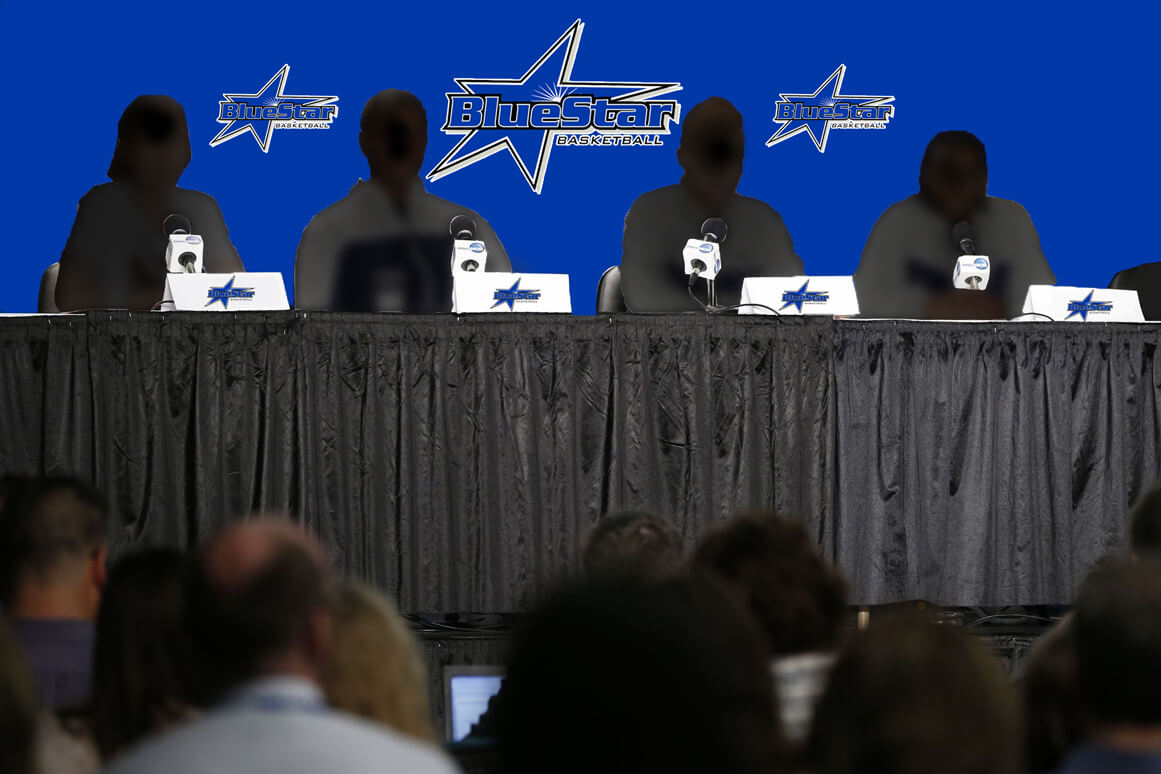Why can’t there be an NCAA women’s tournament without hand-wringing about how it is presented to the public?
That’s what I thought to myself this time last year, on the eve of the start of the tourney, when I pumped out this hand-wringing ditty, with some whining and misplaced blame I wish I could take back. There are some points I think I got right, which I’ll revisit a bit below.
I’d rather not rehash the topic, but it always seems to crop up, with the assumption that the women are being unfairly marginalized. Yesterday, not long after I was just absorbing ESPN’s first- and second-round programming plans — more on that in a bit — I read, for about the 20-something year in a row, another tired, predictable call to move the dates of the women’s tournament, in order to “grow” it.
When the games are played is not the issue. Moving the tournament up, as was suggested, probably won’t make a difference, because the women would still be going up against the men’s tournament. In fact, the women might be drowned in even deeper waters, with men’s conference tournaments and endless yakking about “bracketology” wiping everything else out.
Moving it a week after the men’s Final Four, maybe. That’s going into the first full week of the baseball season and the Masters. As I remember hearing Anucha Browne of the NCAA publicly pointing out, they don’t play golf at night, so the idea did warrant some discussion in Indianapolis.
Ultimately, the NCAA women’s basketball committee decided not to move the dates, at least for now. I would imagine ESPN wouldn’t be enamored with having to mess up its presentation window to that degree, and the World Wide Leader already has bowed to several significant changes at the behest of the NCAA. 
At the Women’s Final Four last year, Roz Durant, ESPN’s VP of College Sports Programming, told me that the current Tuesday night spot for the women’s national championship game has been a very good one, for ratings purposes. So there’s concern in Bristol when that event reverts to Friday-Sunday starting in 2017.
This season’s biggest format change — going back to Top 16 seeds playing at home in the early rounds — also presents some logistical issues for television. Yet the NCAA has been emphatic, using recommendations from the Ackerman White Paper, about making the women’s tournament more fan-friendly.
I agree with those changes, because I think it’s a long overdue acknowledgement that the women’s tournament is a niche event that needs to be presented accordingly. While there’s no doubt ESPN has done a marvelous job showcasing the tournament — despite my grousing a year ago — the matter about how to broaden the appeal of the women’s event isn’t going to come down to scheduling, or flashy on-scene sets or even hauling in rock star numbers-crunchers to give it a little extra sheen.
Here’s where the problem really lies, as I wrote last year:
“Until more people watch, and go to games, we’ll have this same exasperating discussion the same time next year, and the year after that, and the year after that . . . “
You could argue, perhaps persuasively, that it might be worth tinkering with the schedule to get more fans to watch. I understand that, and as I mentioned above, I’m not totally averse to a move.
But the essential problem is the nature of the fan base for women’s basketball. I’m not blaming anyone, but it’s this: Women’s fans tend to be fans more of their team than the sport. Even Tennessee and UConn fans.
Unlike the men’s game, there isn’t a zealous bastion of students attending games. Even at UConn, where they did show up in good numbers for the Feb. 9 showdown with South Carolina, mainly because of a snowstorm that cancelled classes that day and left them with little else to do.
As long as this fan dynamic is the case, the interest in a national women’s tournament, presented by a corporate sports media behemoth, will be limited. Is that such a bad thing? I don’t think so, because I doubt that the ceiling for “growing” the tournament is much higher than it is now.
For too many years, those involved in women’s college basketball have regarded it as larger than it really is, from the NCAA, in seeding a non-revenue championship nationally, down to the individual schools, with seven-figure team operating budgets and six-figure coaching salaries.
Much of this has been done in the spirit of gender equity and to meet the legalities of Title IX, of course, but some excesses and missteps in part prompted the Ackerman examination.
In order to create parity — to “grow” the tournament — there were predetermined early-round sites for more than a decade. Not only was there little substantial parity, attendance flagged dramatically. The Women’s Final Four was played three times in domes. It was great while it lasted, but there’s been some necessary trimming back.
Now we’re back to the 1990s, 20 years after UConn won its first NCAA title and ESPN sampled the catnip of showcasing women’s college hoops, and a viable national audience for the tournament is still not materializing.
At least in the early rounds, which start on Friday. There are plenty of good first-round matchups that are being lumped together, in daytime hours, and that you may not get to see unless you can watch online, depending on where you live.
On Saturday night, there is a prime time slot that has been reserved just for one game, and specifically, one team, although two will be playing. Can you guess what team that might be?
The ONLY game you can see in the 9 p.m. Saturday slot is the UConn-St. Francis Brooklyn game. Again: There are NO OTHER GAMES being played in that time period, period. Not even online-only.
ESPN craves the prime time rating that only UConn can seemingly deliver, even in what looks to be one of the biggest mismatches in NCAA tournament history. How many people will be watching after 9:15, other than UConn diehards? Yet there are likely more of them than anybody else’s diehards, or those interested in just watching a good game regardless of who’s playing.
Instead of ESPN offering a glimpse of BYU-Louisville, JMU-Ohio State, DePaul-Minnesota, Nebraska-Syracuse, Princeton-Green Bay — all of which I think bear watching, among other games — its showcase game in a prime TV slot will be a prohibitive nine-time NCAA champion playing on its home floor against a first-time entrant with a losing record that got hot in its conference tournament.
What does that tell you about ESPN’s quandary to present a national tournament and balance that with its commercial interests? Is this the must-see TV that the NCAA ideally envisions? Hardly.
At the end of a season brimming with something more than fleeting parity, this is the issue — where are the fans, not just in the stands, buying tickets, but watching? How many of them are there? Who are they rooting for? To what extent do you continue to strain to find a broad-based audience that may never really be there?
Forget about moving the tournament around, and work at the institutional level, to get good attendance, to reach out in your community to build a fan base that may never be fans of the sport, but of a team. Forget about depending on a mammoth television “partner” to build the grassroots support that has to be developed one campus at a time. The problem with so many of the ideas about “growing” the women’s game and the NCAA tournament over the years is that they have been top-down, rather than bottom-up, solutions.
The essence of a niche sport is that it is a bottom-up endeavor, and that’s what women’s college basketball, and the NCAA women’s tournament, will likely always be. There’s absolutely nothing wrong with that.
(Photo Credit: Joe Faraoni, ESPN Images)
Wendy Parker is a sportswriter and web editor who has covered women's basketball since the early 1990s. She is a correspondent for Basketball Times and formerly covered women's and college sports, soccer and the Olympics at The Atlanta Journal-Constitution. She is the author of "Beyond Title IX: The Cultural Laments of Women's Sports," available on Amazon, and the creator of Sports Biblio, a blog about sports books and history.

Latest Articles
-


Christopher Lawlor
/ 5 days agoBALL (RED)HAWKS: No. 10 Marist (IL) blasts up Blue Star Media Net 25 girls’ volleyball rankings after claiming Class 4A state championship; California Open Division closes out season
BENSALEM, Pa. – The RedHawks of Marist High School in Chicago pulled off one...
-


Christopher Lawlor
/ 6 days agoWASHINGTON MONUMENT: No. 13 Archbishop Spalding (MD) dominates with special QB and stingy defense; Blue Star Media Elite 25 football rankings head into final month
BENSALEM, Pa. – Traditionally, the DMV is known as one of the nation’s top...
-


Christopher Lawlor
/ 2 weeks agoBACK TO BACK: No. 1 Mater Dei (CA) captures another CIF-Southern Section Division 1 championship; three newbies join Blue Star Media Net 25 girls’ volleyball rankings
BENSALEM, Pa. – Less than two weeks remain in the girls’ volleyball season and...
-


Christopher Lawlor
/ 2 weeks agoNo. 24 St. Joseph’s Prep (PA) re-enters Blue Star Media Elite 25 football rankings; 13 teams resume play after late season byes
BENSALEM, Pa. – It was an atypical week for the Blue Star Media Elite...



